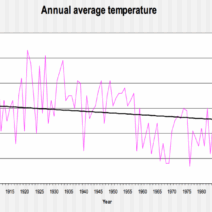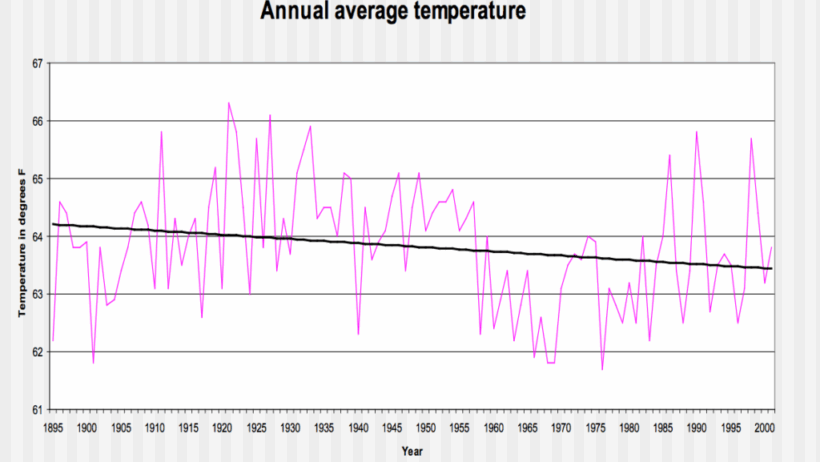Georgia, located in the southeastern United States, is often characterized by its distinctive climate, which melds elements of Southern heat with a notable humidity that defines much of the region’s weather patterns. This unique atmospheric condition has intrigued residents and visitors alike, offering them an extensive tapestry of seasonal experiences that vary markedly throughout the year.
At the crux of Georgia’s climate is its humid subtropical designation, a term that encapsulates the state’s propensity for hot, humid summers and mild winters. This classification is predominantly influenced by the state’s geography, with its rolling hills, lush forests, and proximity to the Atlantic Ocean contributing to its characteristic weather. The warmth of the Gulf Stream, combined with the moist air from the ocean, often leads to elevated humidity levels, which can make even moderately warm temperatures feel far more oppressive.
Many individuals notice that summer in Georgia is a time of intense heat. June, July, and August see average high temperatures soaring above 90°F (32°C), with peaks that can even flirt with the triple digits on the hottest days. The combination of heat and humidity creates a palpable stifling effect, leading to those well-known afternoon thunderstorms that often provide fleeting relief from the oppressive heat. These thunderstorms not only offer a dramatic display of nature but also play a pivotal role in regulating the moisture levels within the region.
However, it would be a disservice to characterize Georgia’s climate solely by its sultry summers. The state also showcases a delightful spring season, where flowers bloom in vivid colors amidst a backdrop of gentle breezes. March through May often brings a moderate climate that is perfect for outdoor activities. The warming temperatures become synonymous with blossoming trees, notably the cherry blossoms in Macon, attracting visitors eager to witness these ephemeral beauty marks of nature.
The contrast in climate is also marked by a noticeable shift in the fall months. Early autumn in Georgia can be deceptively warm, particularly in September, yet as the month transitions into October and November, temperatures begin to dip. The foliage transitions to a breathtaking tableau of oranges, yellows, and reds, making it a popular time for hikers and nature enthusiasts to absorb the scenic landscapes of the North Georgia mountains. The air becomes crisper, evoking a stark contrast to the sultry months preceding it.
Winter in Georgia offers a much milder experience compared to northern states. While areas in the northernmost part of the state, such as Blue Ridge and Dahlonega, can experience snowfall, the majority of the population resides in areas where snow is a rarity. Average temperatures between December and February hover around 40°F (4°C) to 60°F (16°C). However, even mild winters can sometimes surprise residents with an uncharacteristic cold snap, creating an almost whimsical atmosphere where the state’s rich vegetation shrouded in frost provides an enchanting sight.
The relationship between the climate and the geographical features of Georgia is deeply intertwined. The state’s terrain ranges from coastal plains to mountainous areas, each microclimate reflecting distinct weather patterns. Coastal regions like Savannah experience slightly different conditions than the mountainous areas in the north. The coastal heat typically takes on a more moderate character, tempered by ocean breezes, while the interior regions may contend with greater temperature variability due to elevation changes.
Another fascinating aspect of Georgia’s climate is its frequency of severe weather. The occurrence of tornadoes, particularly in spring, is a characteristic reflection of its atmospheric conditions. These phenomena, while alarming, serve as a stark reminder of the dynamic and sometimes violent interplay of various weather systems converging upon the region. Residents often find themselves prepared, adhering to safety protocols to safeguard against the punctuations of nature’s fury.
Furthermore, the increasing concerns surrounding climate change have added an additional layer of complexity to discussions about Georgia’s climate. The state has witnessed noticeable shifts in weather patterns over recent decades, characterized by longer heatwaves, increased precipitation variability, and more intense storms. These changes not only affect the natural landscape but also pose challenges for agriculture, water supply, and overall biodiversity. It is pivotal for residents and policymakers alike to acknowledge these issues and engage in efforts to mitigate the adverse effects of climate change.
As Georgia continues to charm and challenge, its climate remains a topic of discussion, fascination, and awe. Understanding the dynamics of this humid subtropical climate, characterized by sweltering summers and mild winters, may compel residents, visitors, and activists to appreciate not just the beauty of the state but also the urgent necessity for environmental stewardship. This appreciation may galvanize communal action aimed at preserving the striking natural landscapes and biodiversity that embody the essence of Georgia’s climate. The dialogues surrounding climate and weather encourage a deeper reflection on how humanity coexists with nature and the shared responsibility to safeguard its future.
Ultimately, Georgia’s climate is not merely an atmospheric condition; it is a profound expression of the state’s identity—a delicate balance between warmth, humidity, and the visceral experiences that emerge from them. The Southern heat with a humid twist serves as a reminder of the intricate relationships within ecosystems and the broader implications for life in a changing world.






